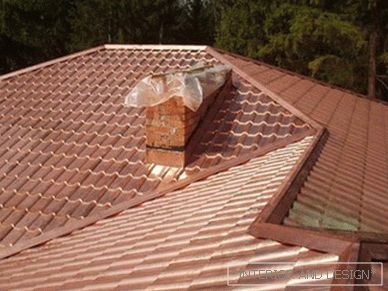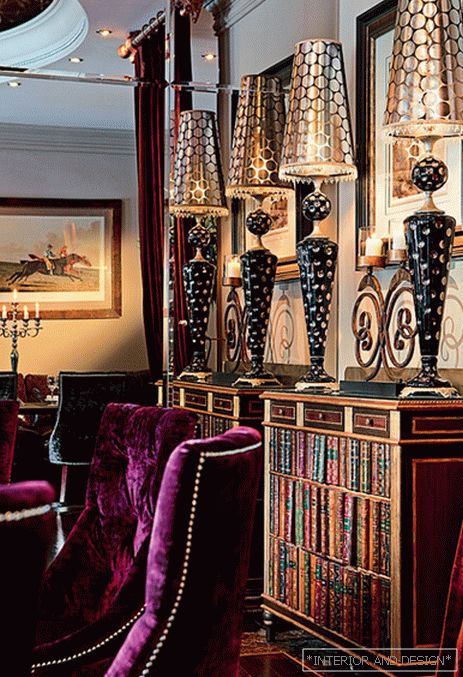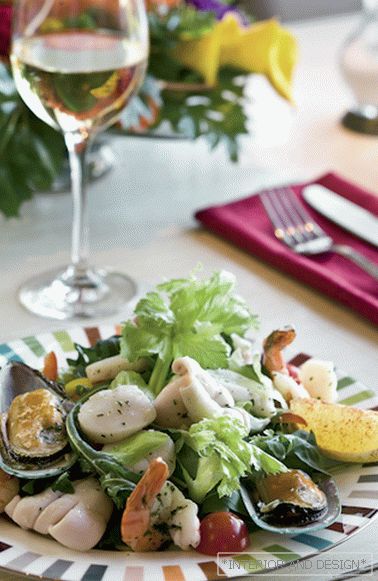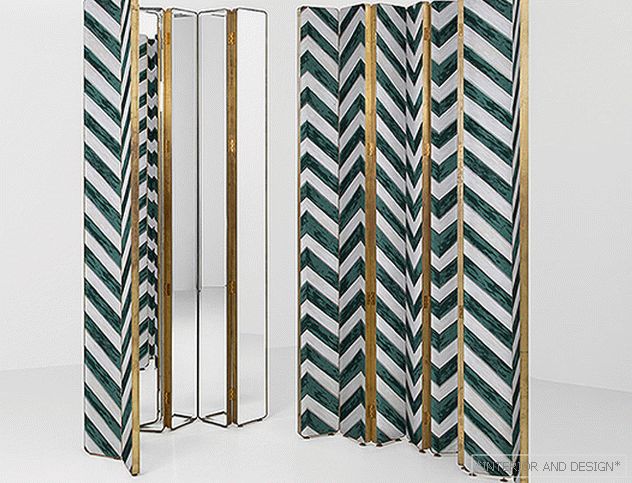Для скатных крыш используют разнообразные кровельные материалы: медные или стальные оцинкованные листы, металлическую, керамическую или цементную черепицу и т.п. Choosing a roof обычно определяется углом уклона ската всей крыши. Принцип здесь несложен: чем более плотный используемый кровельный материал и герметичнее его стыки, тем меньше допустимый уклон крыши.
Cement-sand tiles are becoming increasingly popular. In the domestic market, the products manufactured by BRAAS DSK-1 and Baltic Tile have proven themselves well. For example, "BRAAS DSK-1" on its products provides a thirty-year warranty, pledging to replace poor-quality tile at its own expense. And the actual life of such tiles, according to laboratory research, reaches one hundred years.Classical ceramics, however, also does not intend to give up market positions. This choice of the roof does not require a solid solid foundation - enough bar battens. Despite the fact that this material is not easy, it is a mistake to consider this a disadvantage. A significant weight of the roof of ceramic tiles allows you to withstand the hurricane force of the wind, perfectly extinguishes the harsh sounds of rain or hail and smoothes temperature differences.

One of the most popular types of roofing recently has become the so-called flexible tile, which is also bituminous or soft. This type of roofing material that combines the quality of rolled sheets and the appearance of ceramics or wooden shingle. From a technological point of view, Ondulin is similar to a flexible roof. The material is very light, they can overlap the roof, even on top of metal or slate. Now it is possible to upgrade the roof without the risk of exposing the interior to the effects of precipitation.
In Russia, a house under the roof of iron has always been considered a sign of not just wealth - wealth. Today, however, such a roof has become much more accessible. The main advantage of this material is versatility. Iron makes it possible without the slightest difficulty to perform various inclines (but not less than 12 degrees), and to give all sorts of forms to the roof surface itself. In the domestic market, roofing steel of the Swedish company Lindab, hot-dip galvanized and protected by a plastic coating, waterproof and resilient, has perfectly proved itself. This material is extremely resistant to corrosion and fading.
The pseudo-tiled coatings produced by the company are designed for a service life of at least 50 years. In addition to the roofing itself, Lindab produces gutters, ledges, and fencing systems.



